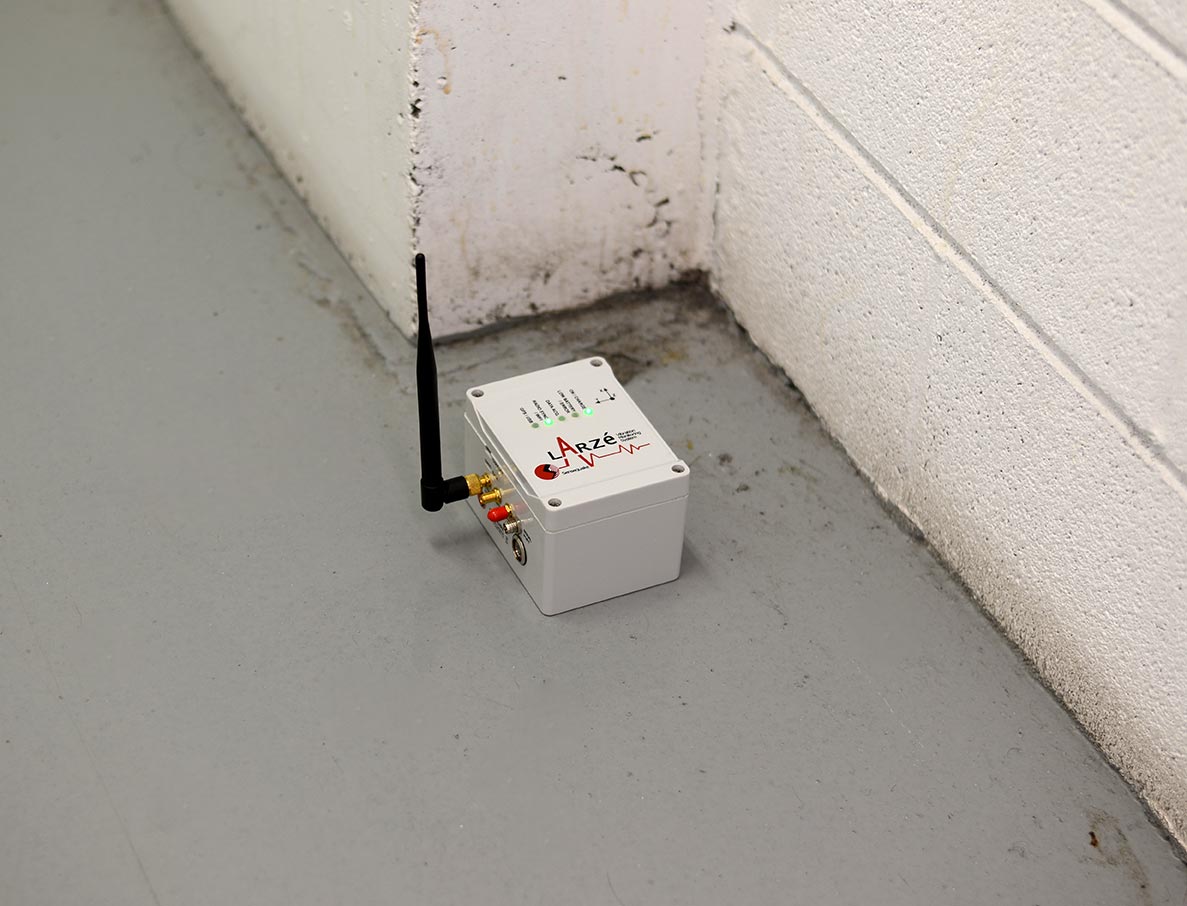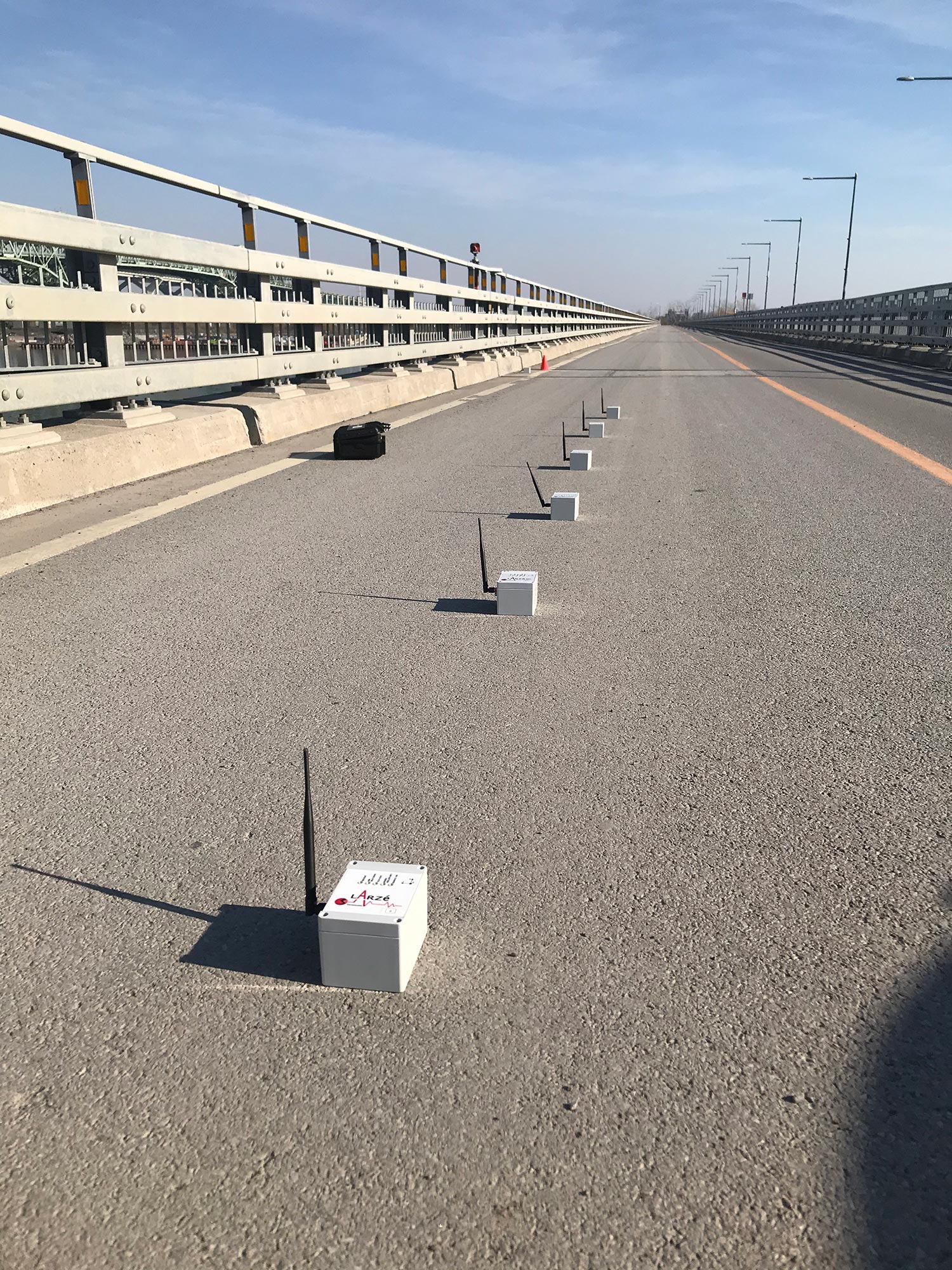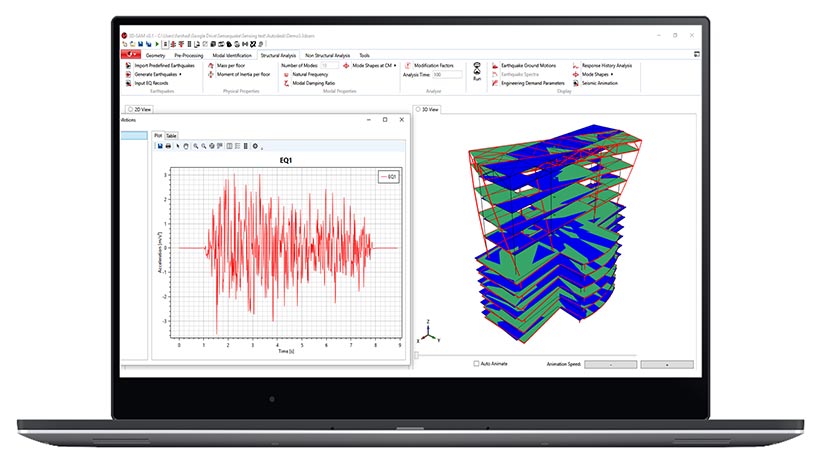
What Is a Building Baseline?
The building baseline or benchmark is its beginning ambient vibration test results. These results create a standard by which the building can be tested against later. This baseline shows the structure’s dynamic properties and can even be used to determine if there are any defects in the building after it is completed.
How Does Sensequake Establish a Building Baseline?
Sensequake uses our patented sensors to create a baseline and to perform health checkups on the building at certain points in its life or after a seismic event. These wireless sensors are battery powered, so we can place them around the building for weeks to monitor vibrations over a period. By placing multiple sensors and collecting data from multiple points, we can create a profile of the building’s dynamic properties. This data can be used to create a geometric model of the building to use as a baseline.
All of this is done quickly and easily. Because the sensors do not require power and are small, they can be placed anywhere. We collect data from and control these sensors from a wireless app, so there is no need to constantly have our team members in the building. This allows us to create a baseline or build a post-event profile while minimizing the disturbance to the building occupants. The ambient vibrations are not harmful to the structure or to the occupants.

How Can Buildings Benefit from a Baseline?
Every building can benefit from having a benchmark baseline set when the building is brand new to create a profile to compare with future profiles. It can be very difficult to tell how much damage is done by a seismic event. Much of this damage is internal or occurs beneath the building. There is simply no way to visually determine the amount of damage done.

In addition to detecting damage following an earthquake, a baseline and, specifically, the Sensequake sensors have other uses as well. They can be used to monitor the vibrations throughout a building, allowing occupants to determine if any sensitive equipment is being affected. This may be necessary for buildings such as laboratories that are located near a construction zone or train/subway tracks.
Finally, once a model of a building has been built from data, it can be used to evaluate how the building would respond to ground motion. This can be used to determine how safe a building is and when damage is likely to occur.
If you have any comments or questions please contact Deysi Menjivar at JMC² Civil + Structural Engineering at dmenjivar@jmc-2.com, (310) 241-6550 x221, www.jmc-2.com.
